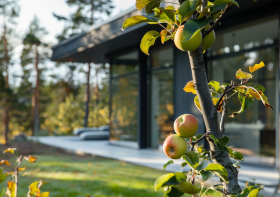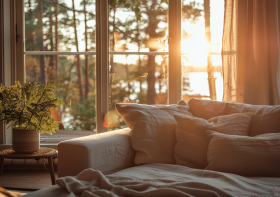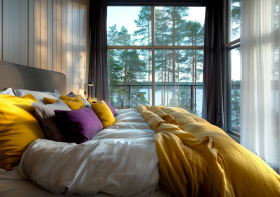Hygge and Wellness: Designing for Comfort and Well-being
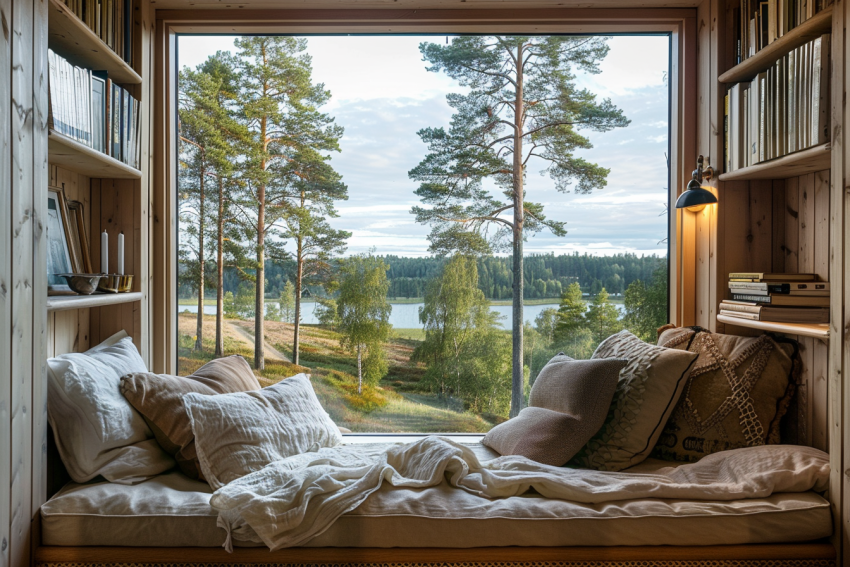
In the hustle and bustle of modern life, creating a sanctuary that promotes relaxation and well-being has never been more important. Enter the Danish concept of hygge (pronounced “hoo-ga”), a term that encapsulates the essence of warmth, coziness, and contentment. It’s about cherishing the simple pleasures, fostering a sense of community, and nurturing a feeling of comfort and safety. Integrating hygge into our living spaces can significantly enhance our overall wellness, turning our homes into havens of peace and contentment. Here’s how to embrace hygge and wellness in your home design for ultimate comfort and well-being.
Emphasize Warmth and Texture
Hygge is synonymous with warmth and comfort, so incorporate textures and materials that feel good against your skin. Think plush throws, soft pillows, chunky knit blankets, and rugs that invite your feet to sink in. These elements not only add a layer of warmth but also contribute to a visually inviting space that beckons you to relax and unwind.
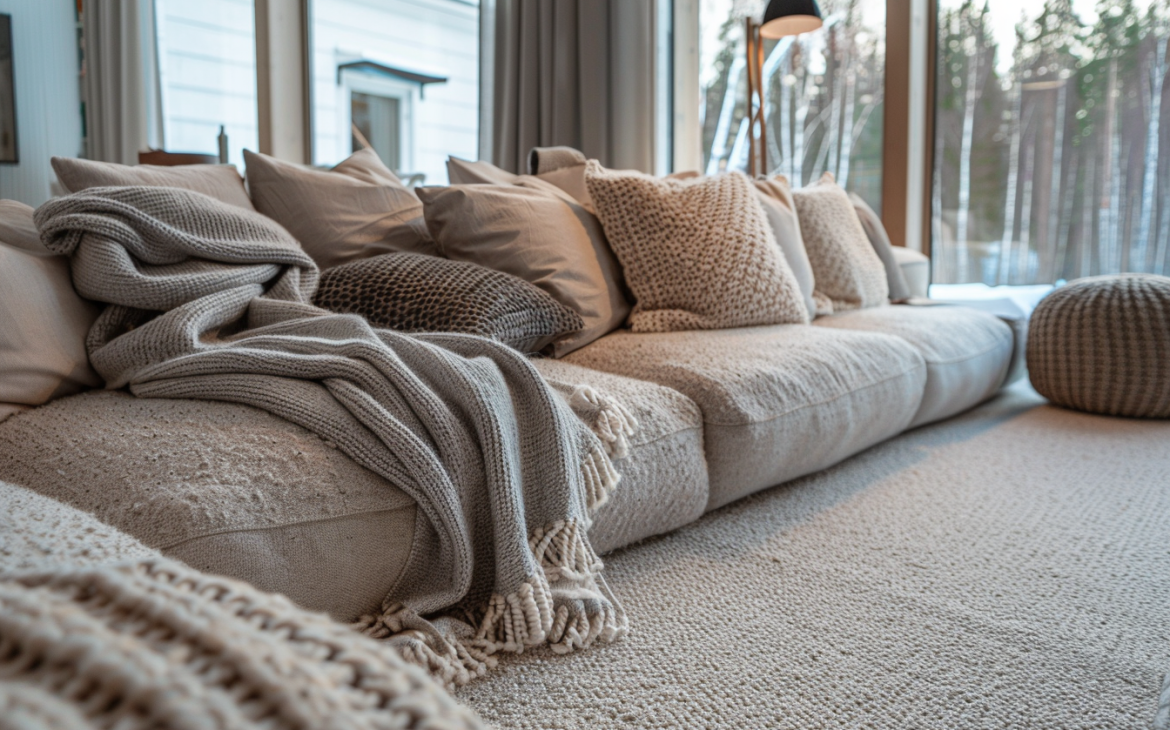
Create a Cozy Nook
Designate a special corner or nook in your home as your personal retreat—a place where you can curl up with a book, meditate, or simply sit in silence. This cozy spot should be outfitted with comfortable seating, warm lighting, and perhaps a side table to hold a cup of tea or coffee. It’s your private escape from the world, designed for moments of introspection or leisure.
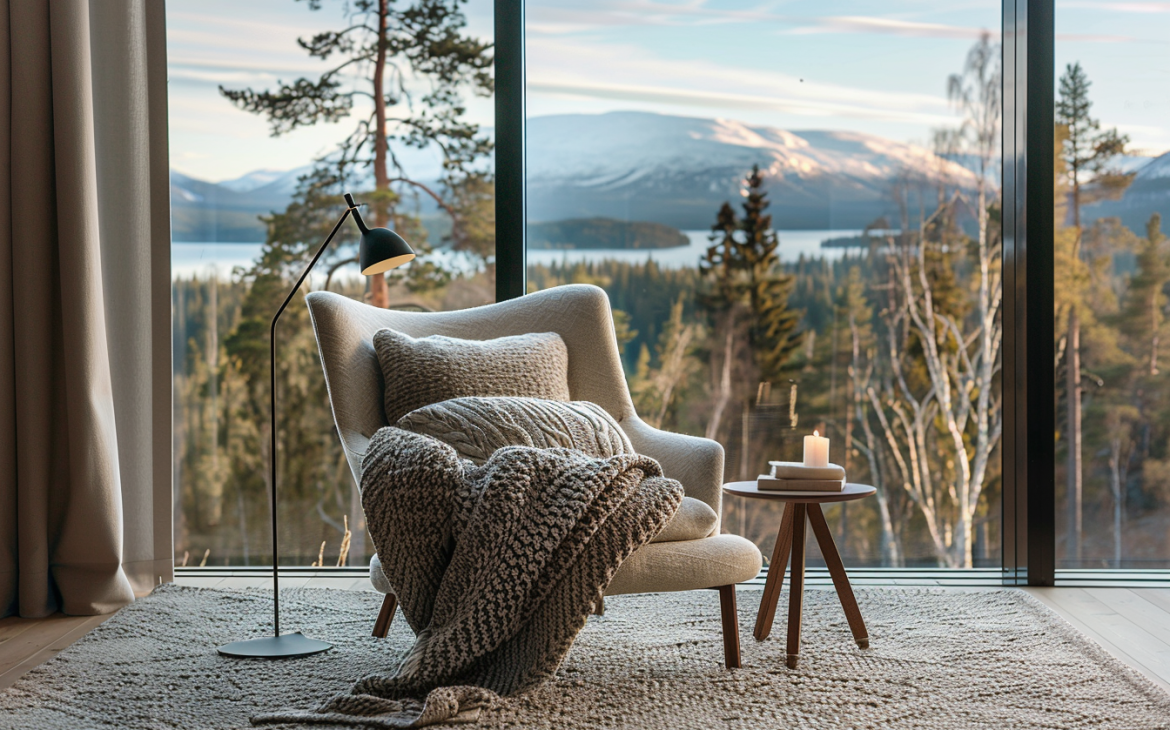
Light it Right
Lighting plays a crucial role in cultivating a hygge atmosphere. Soft, warm lighting is key—think dimmable lamps, candlelight, and fairy lights. These sources of light create a soothing ambiance, casting gentle shadows and a warm glow that calms the mind and soothes the soul. Candles, in particular, are a hygge essential, adding both warmth and a sense of ritual to your daily routine.
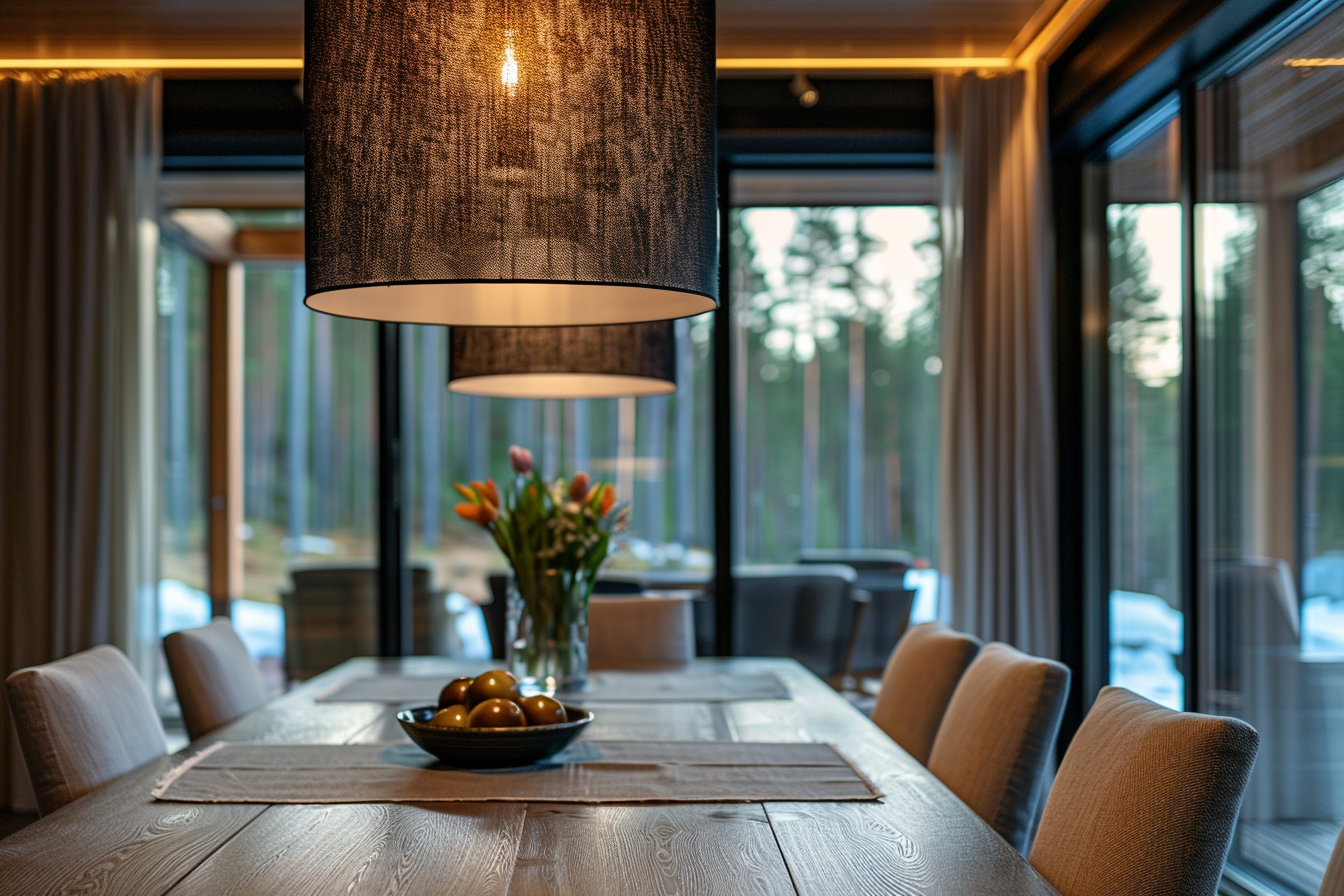
Bring Nature Indoors
Incorporating elements of nature into your home not only adds beauty but also enhances your connection to the natural world, fostering a sense of tranquility. Indoor plants, wooden accents, stone, and natural fibers can harmonize your space with the outdoors, improving air quality and adding a serene vibe to your environment.
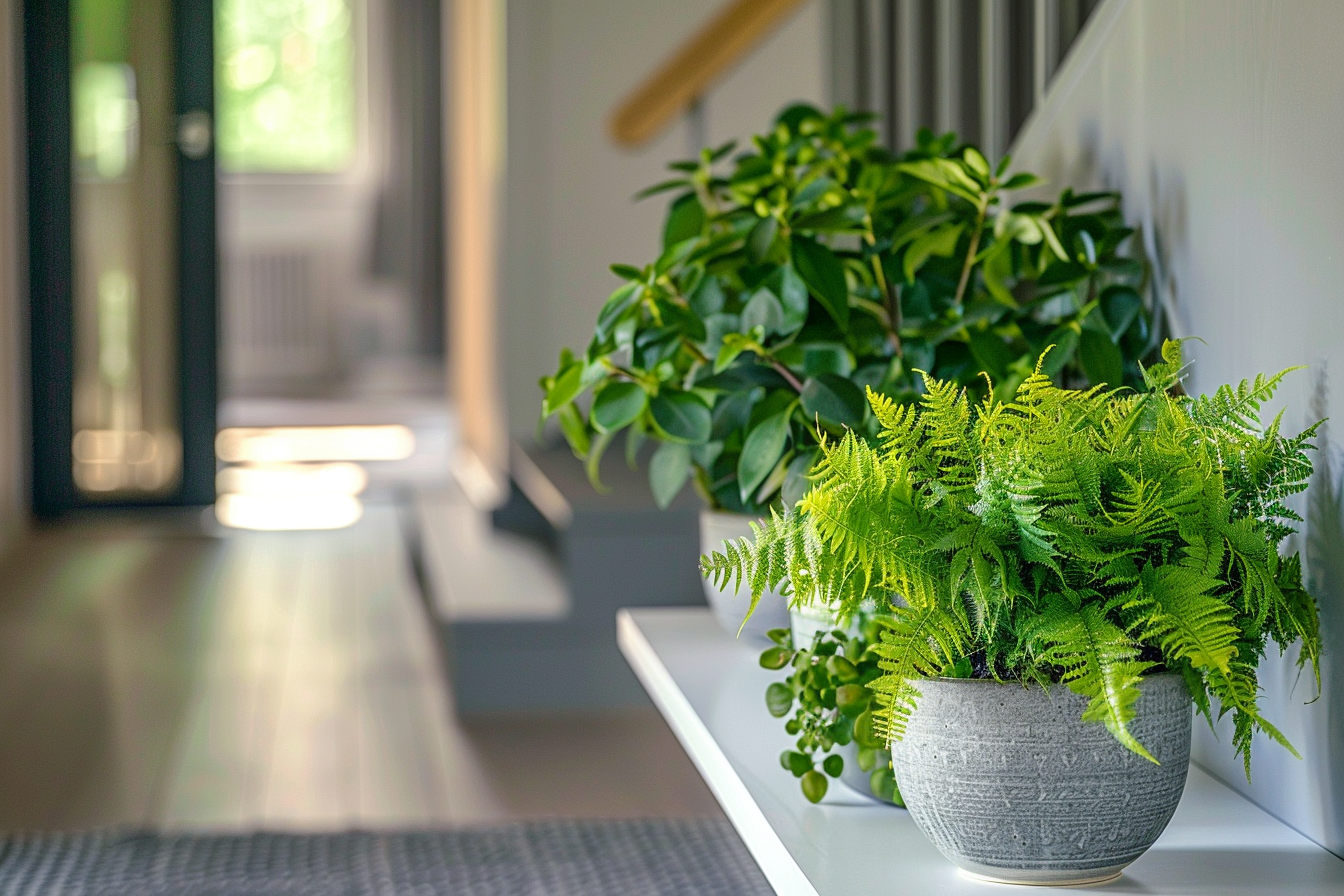
Opt for Calming Colors
Color has a profound impact on our mood and energy levels. Choose a palette that evokes tranquility and comfort, such as soft whites, warm neutrals, and pastel shades. These hues create a serene backdrop that complements the hygge philosophy of peace and contentment.
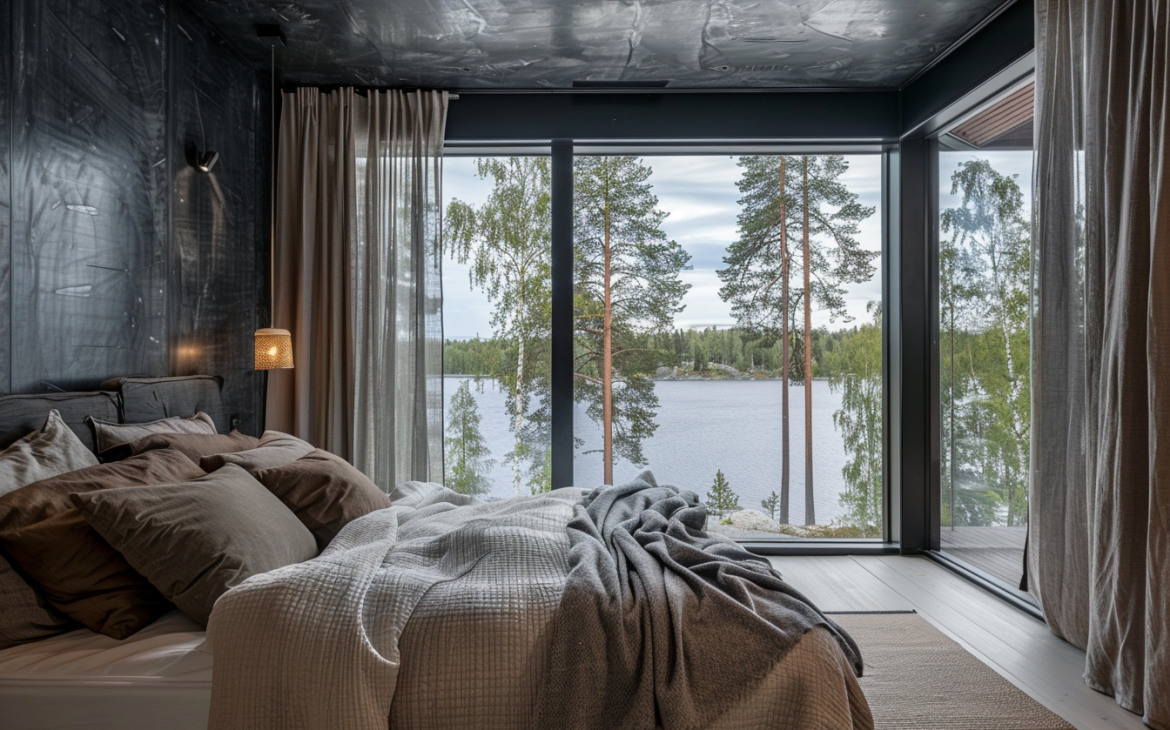
Simplify Your Space
Hygge is not about opulence or clutter; it’s about appreciating the simple things. Declutter your space to foster a sense of calm and order. This doesn’t mean your home should be stark or devoid of personality—instead, it should be thoughtfully curated with items that bring you joy and comfort.
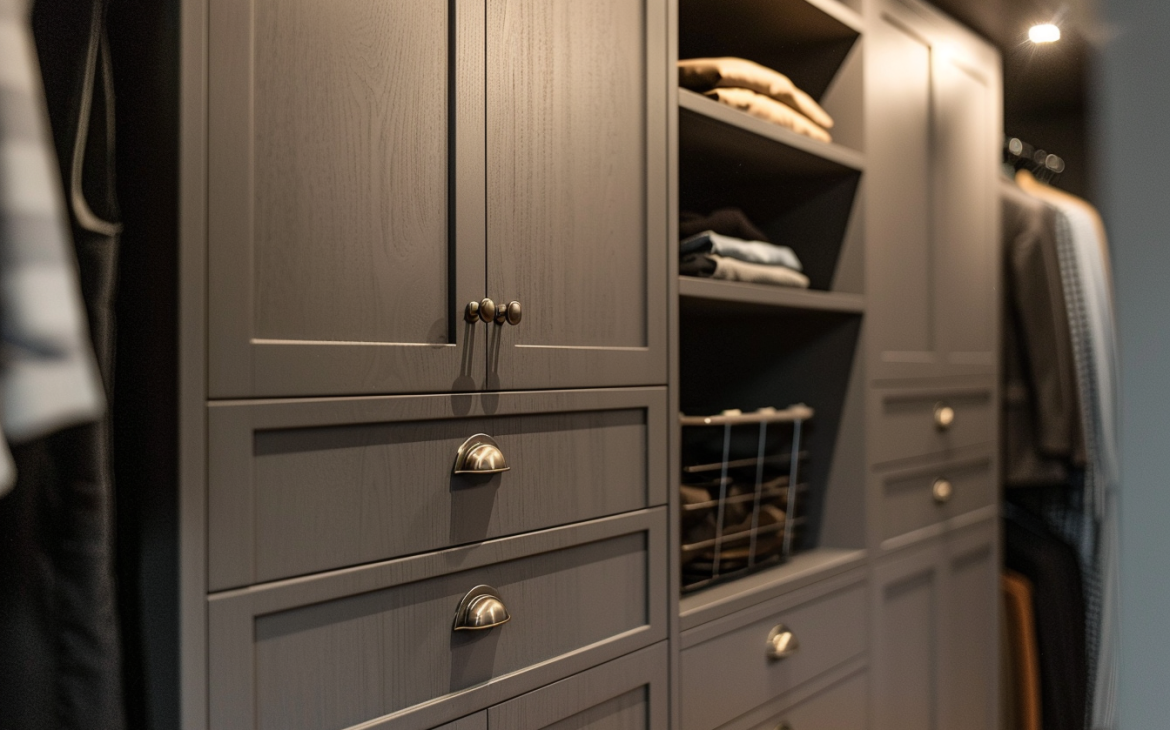
Foster Togetherness
While much of hygge is about creating a cozy physical environment, it’s also about nurturing relationships and enjoying the company of loved ones. Design your living areas to promote togetherness, with comfortable seating that encourages conversation and communal dining areas that invite shared meals and laughter.
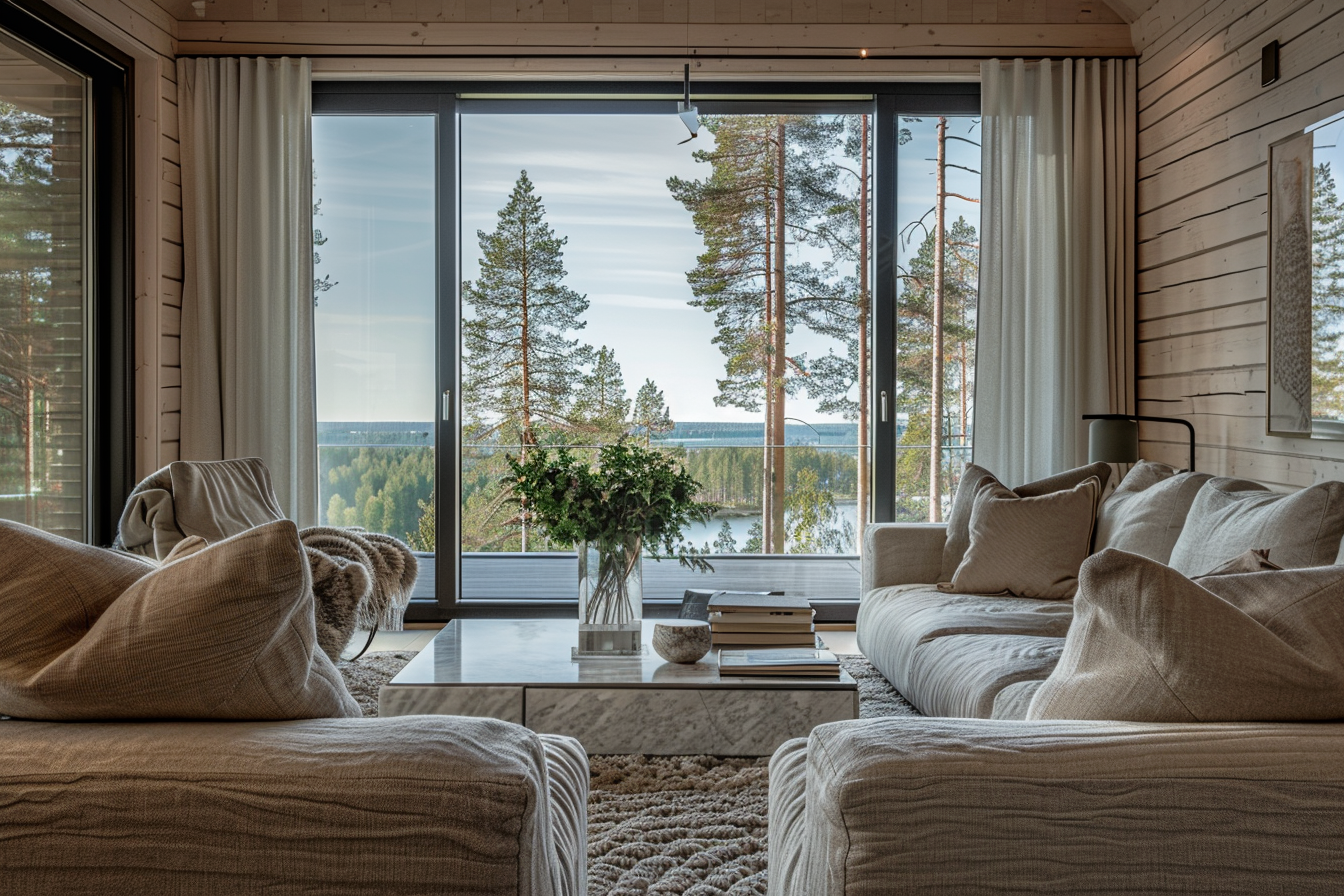
Make Room for Joyful Rituals
Finally, hygge is about savoring the moment and indulging in life’s simple pleasures. Create spaces that encourage joyful rituals, whether it’s a dining area that hosts family dinners, a kitchen that’s perfect for baking, or a bathroom designed for spa-like baths. These rituals, no matter how small, contribute to a sense of well-being and happiness.
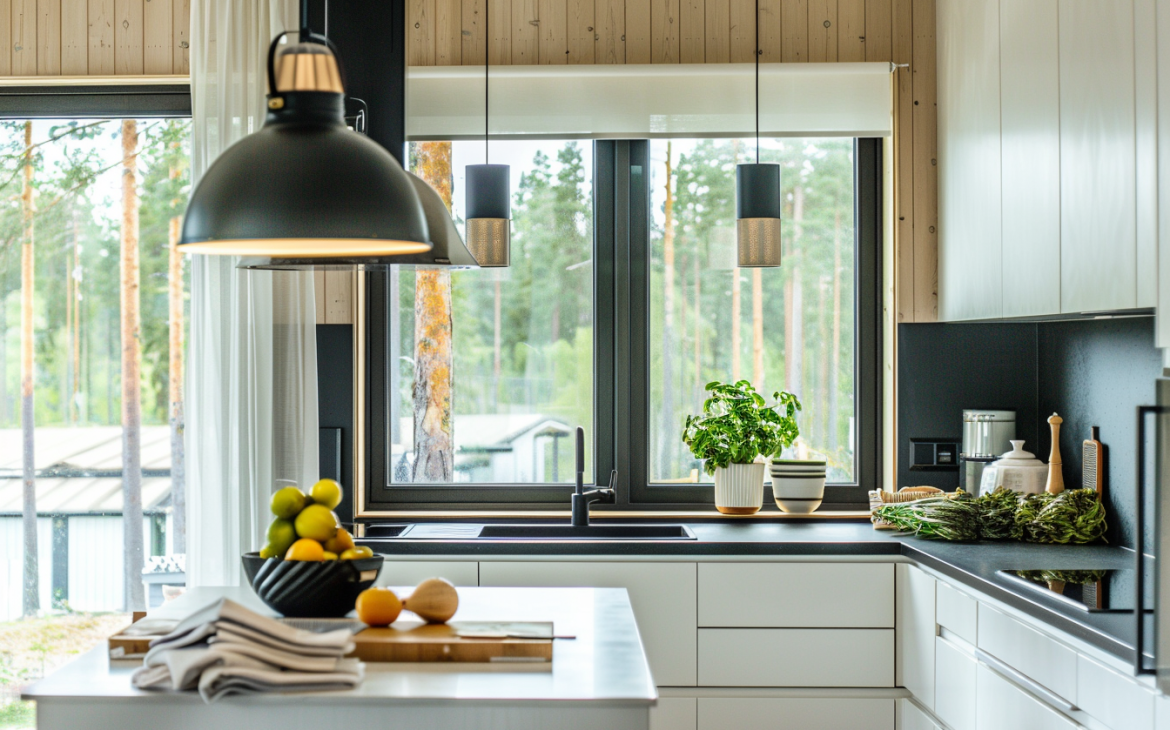
By integrating the principles of hygge into your home, you create an environment that not only looks inviting but also promotes a lifestyle centered around wellness, comfort, and contentment. In doing so, your home becomes a sanctuary that supports your well-being and nurtures your spirit, proving that true luxury lies in the simple joys of everyday life.
If you want to learn more about designing different kind of spaces, buy my book Basics of interior design from Amazon.

